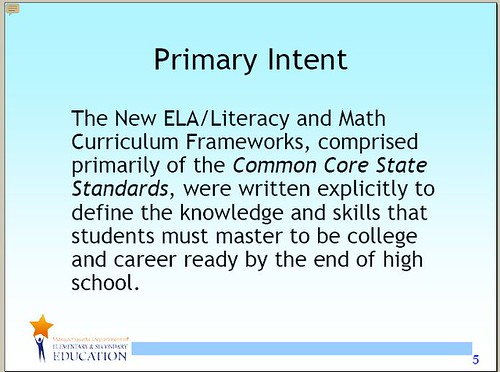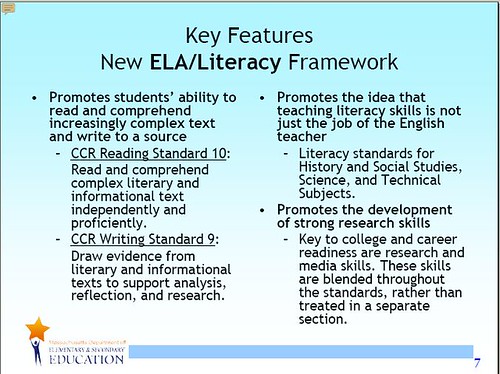I am continuing to think about the idea of gaming and how it might (or might not) fit in my curriculum. This summer, as part of our Western Massachusetts Writing Project SummerWrite, I will be leading a summer camp programming for middle school students around gaming and game design, and this morning, at the Conference on College Composition and Communication in Atlanta, I sat in on a session entitled “Leveling Up: Gee, Gaming an the Composition Classroom.”
Three smart Phd student presenters from Purdue University — Alex Layne, Jessica Kaiser, and Jessica Clements — talked about the idea of gaming from various angles. I imagine I was one of the only elementary teachers in the crowd, but I found it intriguing how these three are situating gaming from various stances.
Layden (“Gaming the System in a System of Games”) established the social nature of gaming and made the metaphor of the academic classroom as a game system in and of itself. She also railed against the concept of “gamification,” in which traditional learning activities are put into a new box with the idea of a “game” on it. Layden rightly noted that the idea of gamification comes from the marketing arm of the business world.
Gamification “…tricks students with cosmetic changes to make something more appealing. Students will see right through this,” she explained. Instead, educators should work to use the gaming lens to restructure the classroom experience for learners. Although she did not offer specifics on how this would be done (which would have been nice), she noted that, in some ways, “…a teacher and a dungeon master may not be all that different roles.”
Kaiser (“There’s Nothing Casual About This Gaming”) jumped into the divide that exists in the gaming world around hard-core games (those that fully immerse you in their worlds and which require hours of playing time to reach the end of the quest) and casual games (which take a few minutes to play but are often now very social in nature.) Kaiser noted that while casual games get scoffed at by some hard-core gaming fans, the majority of players of these games are women. Her talk turned on how some populations — women, minorities, etc. — can feel left out of the gaming worlds that are not designed for their interests.
Clements (“A Tale of Two Gamers”) offered up a more personal perspective, turning an inquiry lens on her own gaming experiences with her husband. She conducted a indepth research project into both of their histories around gaming and their views on gaming (which stemmed from them playing Mario Bros. on the Wii). Her idea was to look at how we view writing as a social practice and see if her own inquiry matched up.
What she concluded was quite opposite. While she is a strong academic writer, her own gaming preferences are for more solitary, competitive-driven experiences. Her husband, on the other hand, was not a strong academic writer (she says) but grew up as a very social gamer, and continues to be so today.
Clements adds that expectations of writers value the solitary person over the social group in most classrooms, but she wonders if gaming ideas might allow some struggling students to have another way into literacy practice.
It was all very interesting, and a lot to digest, and (as you might expect) very academic. It would have been nice to have seen or heard about more classroom experiences where gaming is at the center of learning, and what that has meant for the students. I guess that is another road of inquiry that I need to take.
Meanwhile, as I was getting ready to write this, I saw this video link about gaming and learning. Game scholar Constance Steinkuehler reflects on how gaming can matter, particularly teenage boys and literacy. She saw an afterschool program as a “third bridge” between school and games for the boys in her program.
Constance Steinkuehler from New Learning Institute on Vimeo.
Peace (in the games),
Kevin




